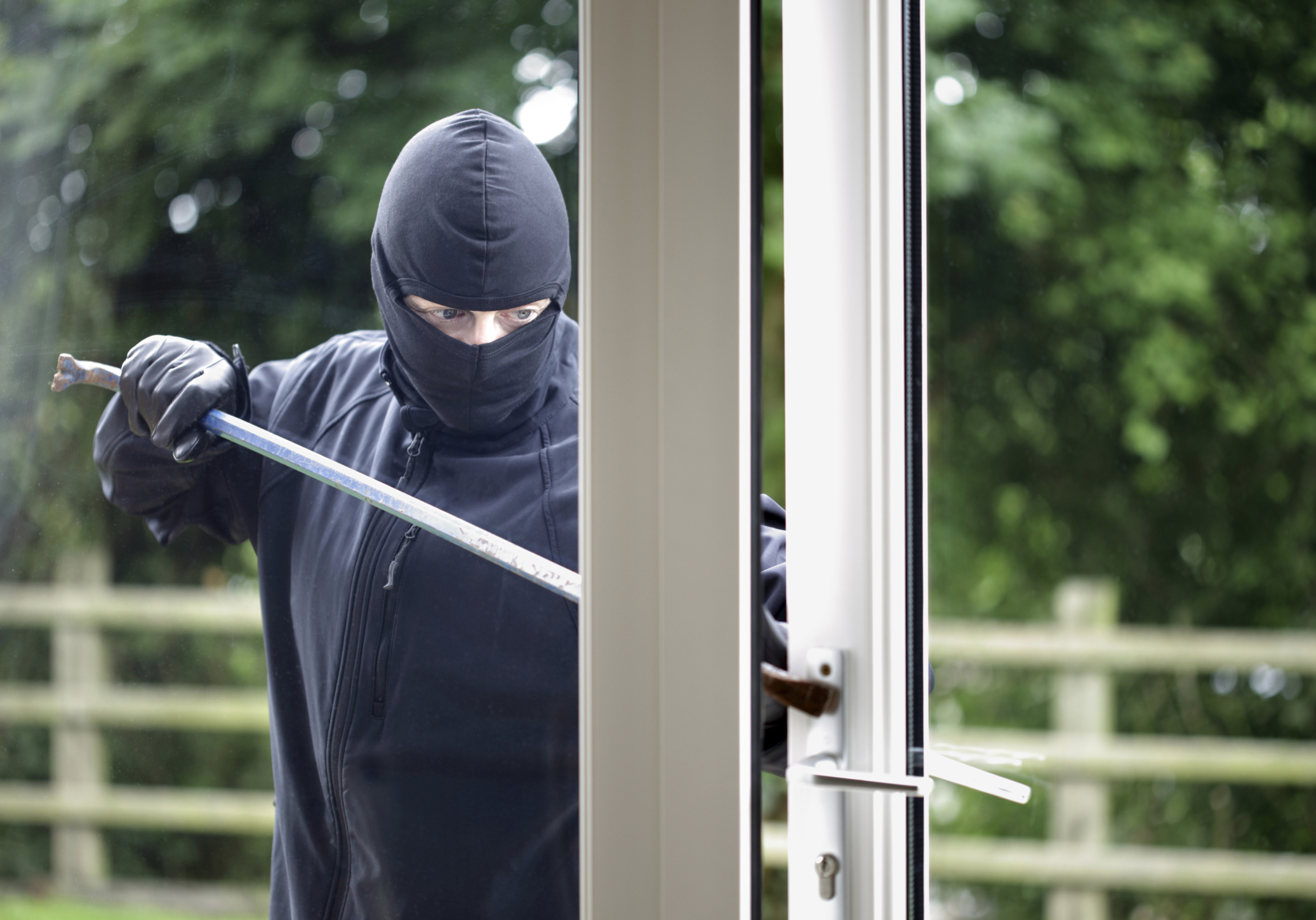Lock down
Help protect your home from break-ins by ensuring your front and back doors are as robust and secure as possible. Julia Gray reports
Upgrading security is one of the most important home improvements you can do because there’s nothing worse than being burgled, but where do you start?
A secure front door is, of course, essential. Most front doors are wooden and so are usually straightforward for DIYers to make more secure, but if you’re not sure what you’re doing, employ a locksmith or carpenter. A good door is made of solid wood, with three 10cm hinges. The frame should be screwed or bolted to the wall every 60cm and can be strengthened by fitting special bars to make the locking points (a London bar) and hinges (a Birmingham bar) sturdier.
While the door and frame are important, because entry can be forced around the frame, fitting high quality, British Standard locks is the most obvious way to improve security. You need two locks – an automatic dead-latch cylinder lock and a five-lever mortice deadlock with boxed staple. When shopping for a mortice lock, you’ll see that some offer more security than others, so buy the most secure you can afford. If in doubt about the type of locks you need, check with your home insurer, as they’ll have minimum standards.
To reinforce a mortice lock against forced entry, fix metal plates to the area around it on both sides of the door. Fitting a door chain is a simple but effective security measure and if your DIY skills are up to it, add a peephole as well. Hinge bolts prevent the door from being forced off its hinges and should be fitted if the door opens outwards.
If you have both an inner and outer front door, don’t skimp on security for the inner door because once a burglar has gained entry to the outer one, they may not be seen breaking in to the inner one, so don’t make it easier for them.
Glazed or semi-glazed doors can be made more secure by fitting a decorative metal grille on the inside, or putting security film on the back of the glass. When replacing the glass or buying a new glazed door or side panels, make sure the glass is laminated and fitted from the inside, then the beading around it can’t be removed from the outside to gain entry.
The security of UPVC front doors isn’t easy to improve yourself, so don’t try – just make sure you invest in a secure door (from a reputable supplier) with a high quality multi-point locking system. Metal doors should also be secure without modifications, but in both cases, old doors may not have the security features of modern ones.
The back door needs as much protection against break-in as the front door, if not more so because it’s usually out of sight. Many of the same rules apply to wooden back doors (including French windows) as to front doors, but the central lock should be a British Standard five-lever mortice sash lock with boxed staple. It’s also a good idea to have mortice rack bolts or surfaced-mounted press bolts as secondary security.
Sliding patio doors should be fitted with patio-door locks with at least three locking points. To stop the doors from being lifted up and taken out, fit an anti-lifting device – it’s not hard to do.
Bi-fold doors, which are an increasingly popular alternative to French windows and patio doors, should come with good built-in security measures. Check with the retailer or manufacturer if you’re concerned about this – while a wall of glass is stunning, it’s never going to be as secure as good old bricks and mortar.
Latest posts by Sally - Silversurfer's Editor (see all)
- Should smacking a child be banned in England and Northern Ireland? - April 17, 2024
- Enjoy the best of the UK on a Shearings coach holiday - April 17, 2024
- Blueberry & Lemon Curd Bread and Butter Pudding - April 16, 2024
- Navigating the World with What3Words: A Lifeline for Older Generations - April 15, 2024
- Parsley Box – Bringing you time for the things you love! - April 12, 2024





















